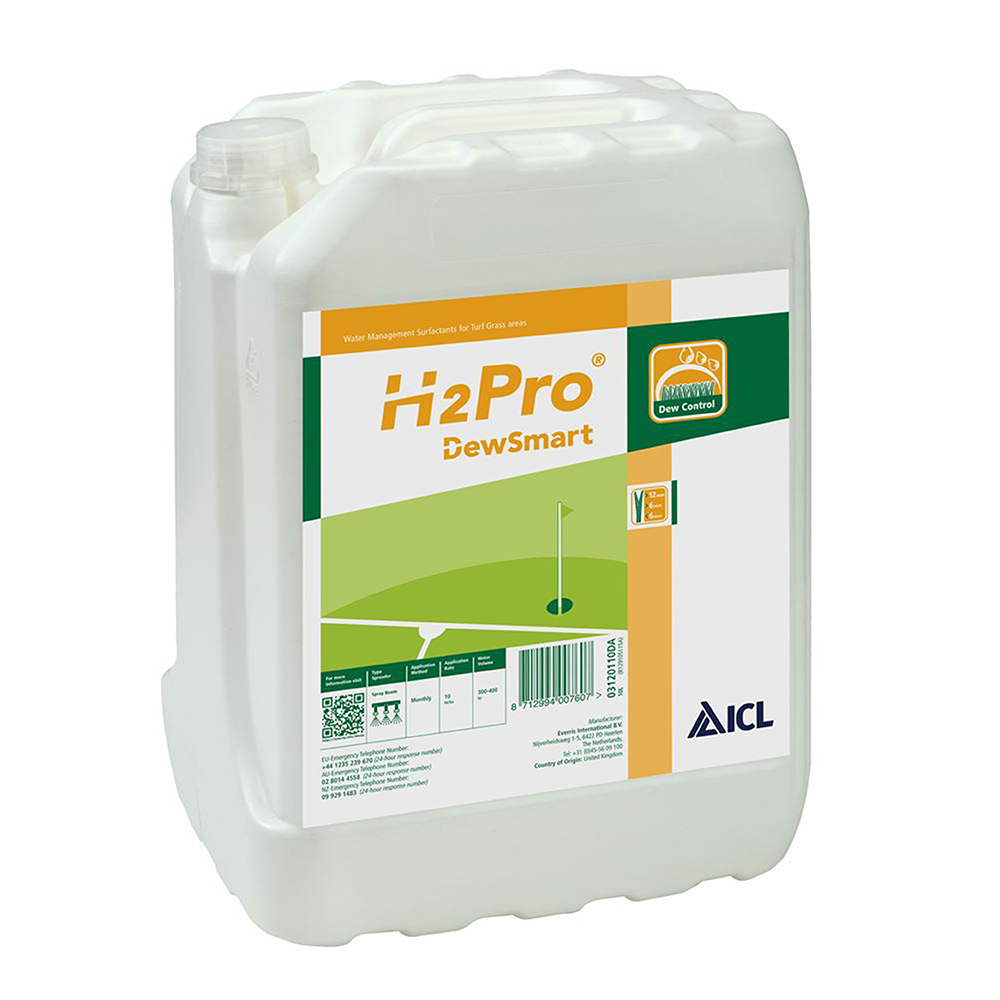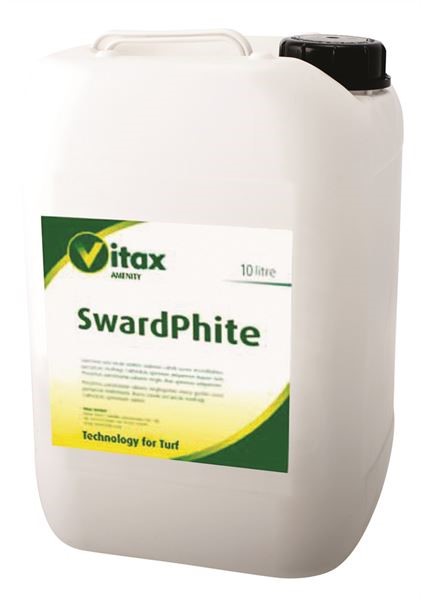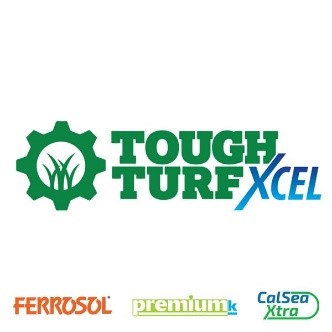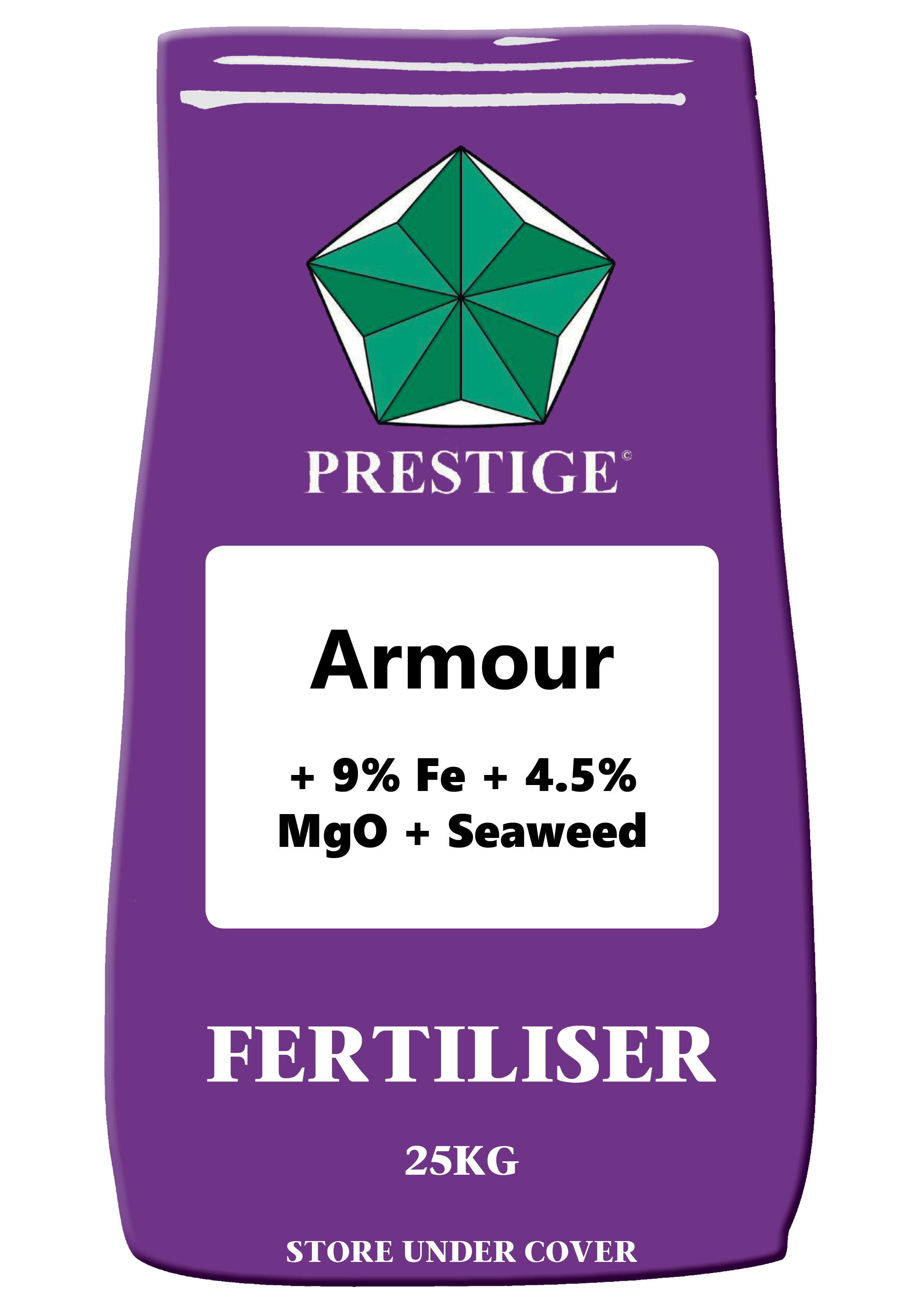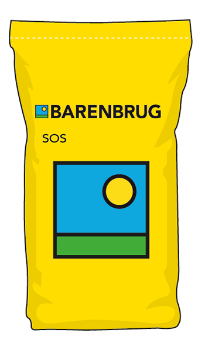Winter Turf Protection
By Chris Humphrey MBPR FQA, Technical Manager
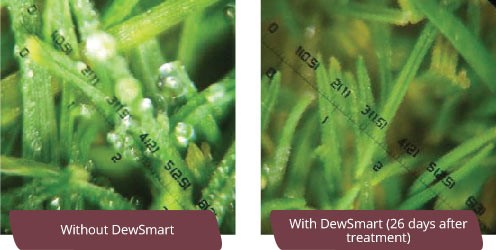 As the leaves are falling in abundance and winter is upon us we need to concentrate on strengthening and protecting our turf as much as we can. Wet surfaces and low temperatures are ideal for the development of Microdochium Nivale. If you get hit with an outbreak as the grass growth slows down then any disease scares may take a long time to grow in. Untreated, the fungi will continue to sporulate and the cycle starts all over again, often seen as new disease in the outer ring of a previous disease scare. Ideally, it is good to have a regime of preventative fungicide applications as part of your IPM (Integrated Pest Management) programme. That is not a programme to apply a fungicide every 2 or 3 weeks on a plan but an informed approach of giving the sward protection when disease pressure is very high.
As the leaves are falling in abundance and winter is upon us we need to concentrate on strengthening and protecting our turf as much as we can. Wet surfaces and low temperatures are ideal for the development of Microdochium Nivale. If you get hit with an outbreak as the grass growth slows down then any disease scares may take a long time to grow in. Untreated, the fungi will continue to sporulate and the cycle starts all over again, often seen as new disease in the outer ring of a previous disease scare. Ideally, it is good to have a regime of preventative fungicide applications as part of your IPM (Integrated Pest Management) programme. That is not a programme to apply a fungicide every 2 or 3 weeks on a plan but an informed approach of giving the sward protection when disease pressure is very high.
Use the Collier Turf Care disease forecast to help you highlight periods of disease pressure. To receive the forecast each week to your inbox, just email sales@collier-turf-care.co.uk with your name and location.
An important part of your IPM is to reduce surface moisture. Brushing or switching the turf every day is a good practice however, dew can still sit on the leaf for hours before removal and can reform again afterwards. Research at the STRI (Sports Turf Research Institute) has proven that regular applications of ICL H2Pro DewSmart prevents dew for forming thus giving a continuous dry sward and reducing the likelihood of disease occurring.
All grasses grow at different temperatures, however as a general guide grass growth starts and stops at around 6°C. The stop start puts grass under great stress and can also add to its susceptibility to disease. Ideally if you can strengthen the plant and reduce the stress it can vastly reduce its vulnerability to disease attack. Applying phosphates such as Vitax SwardPhite on a regular basis helps strengthen the plant. SwardPhite works by stimulating meristem cell activity in the plants roots & crowns and by aiding the turf’s natural defence system as well as assisting the turf’s uptake of potassium, calcium, magnesium, iron and manganese under difficult conditions, all essential elements in cell wall strength and rigidity.
Reducing nitrogen inputs to a low level and only applying when turf is growing will also reduce the plants soft growth. Exchanging nitrogen for a balance of nutrients such as iron, calcium and potassium also toughen the grass. A programme such as the Aquatrols Tough Turf is a proven way to strengthen turf and has been repeatedly used with confidence by numerous greenkeepers for a number of years.
With the wet weather it may not always be practical apply a liquid or get a sprayer around. A very popular turf hardener that gives outstanding disease protection is Prestige Armour. A slow release iron (9%), magnesium (4.5%) and seaweed blend specifically designed to give an even, steady release ensuring plant strength, healthy colour without promoting soft growth. with a 1 -2 mm homogenous granulation it breaks down quickly and last for about 12 weeks.
Although grass growth is very slow in the winter there is often wear or damaged areas that need to be repaired. For tees, pathways, sports fields or lawns there is an especially bred grass seed blend from Barenbrug called Barenbrug Sport SOS. It will germinate and grow at temperatures as low as 3.5°C that’s even colder than the inside of your fridge!
For any help or professional advice contact you Collier Turf Care Area Representative or the office on 01328 700600
